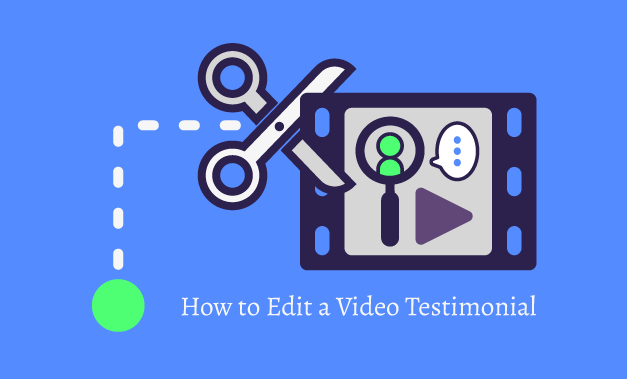So you’d like to edit a Video Testimonial! Turning a client interview into a Video Testimonial might seem like a daunting task, especially if this is your first time. Today, we’ll take you behind the scenes and show you how we transform raw interviews into clear, concise, and engaging Video Testimonials.
Steps to Edit a Video Testimonial
Step 1: Setting Up Your Project
First, fire up your preferred video editing software. This tutorial uses Adobe Premiere, but don’t worry, there are fantastic free alternatives, like DaVinci Resolve and iMovie if you’re just starting out. Begin by creating a new sequence for a standard horizontal video format, typically 1920×1080 pixels.
Step 2: Import and Organize
Now, it’s time to import your raw Video Testimonial interview footage and place it in your project timeline. There are various editing techniques, but we’ll follow one effective approach in this guide.
Step 3: Identify Key Elements
A great Video Testimonial should comprise three essential elements:
- The client’s initial problem
- How the client discovered your product or service
- The results the client achieved by switching to your offering
Step 4: Trim and Color Code
Carefully listen through the entire interview and use the razor tool to trim the beginnings and endings of compelling quotes. As you go, color code these chunks for easy identification (e.g., red for the problem, yellow for the solution, and green for the results). Keep any unused footage handy in case you need it later.
Step 5: Assemble the Story
Now, bring all the color-coded chunks together in chronological order. Listen through again, aiming for a 90- to 120-second testimonial. Remove repetitive or irrelevant quotes that don’t contribute to the story or lack confidence.
Step 6: Enhance with Visuals and Audio
With your testimonial story set, it’s time to add visual flair. Incorporate graphics, text, b-roll footage, and music to make the video compelling. Here are some quick tips:
- Use b-roll to cover undesirable moments, like subjects scratching their eyes or looking away from the camera.
- Avoid excessive on-screen text, especially during powerful moments, to keep the viewer focused on the subject’s words.
- Experiment and save your work at different stages with labels like v2, v3, and so on for easy retrieval of earlier versions.
Step 7: Export and Share
Once your video has all the necessary elements, export it in your preferred format. This will usually be in h.264 format with a .mp4 or .mov file extension.
Then, share it on your website, YouTube, Vimeo, or any platform of your choice to harness the power of video testimonials in your sales and marketing efforts.
Conclusion
Editing Video Testimonials is a creative and strategic process that can significantly boost your business’s credibility and appeal. By following these steps and incorporating engaging visuals and audio, you’ll create compelling testimonials that resonate with your audience. Remember, social proof is a potent tool in your marketing arsenal, so start leveraging it today.
For more information on how we can handle the entire Video Testimonial process for you, visit our Contact Us page. Happy editing!




























































